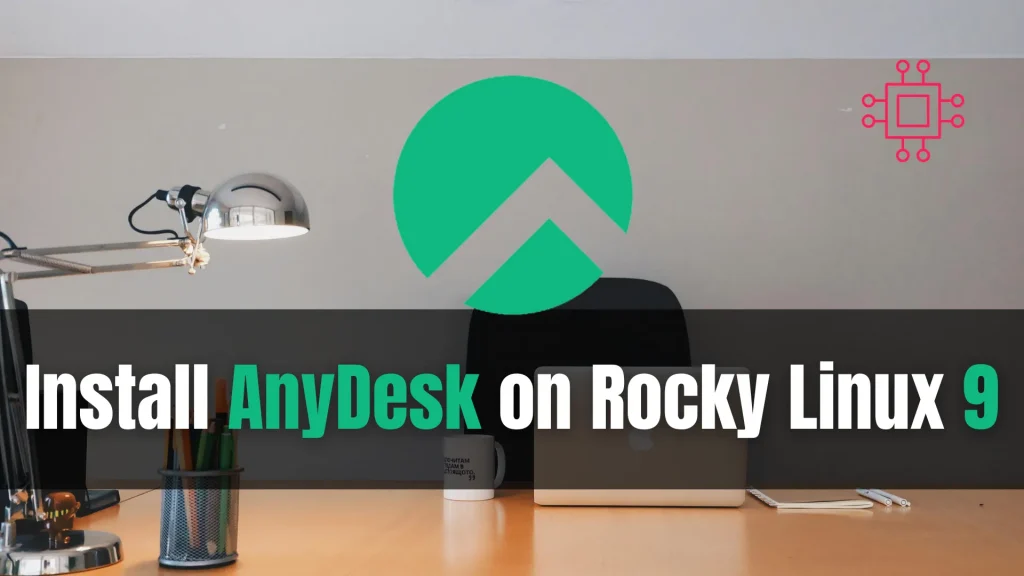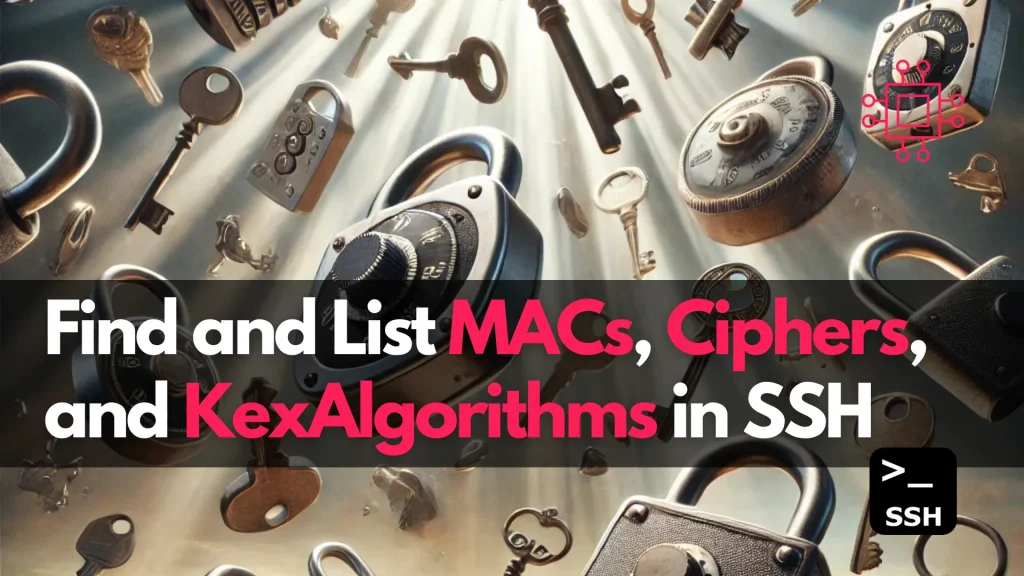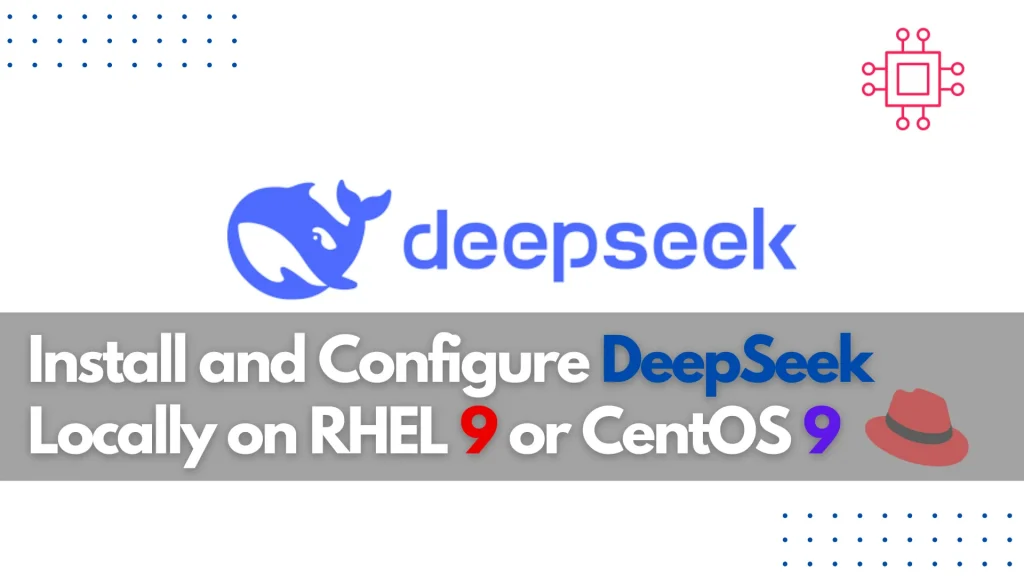Securing SSH Connections on RHEL 9 | CentOS 9 Using Ansible Roles

Learn about securing SSH connections on RHEL 9 and CentOS 9 with Ansible roles. This guide covers key SSH security practices, Ansible playbook setup, and detailed instructions to protect your servers. Table of Contents Introduction Securing SSH connections is an essential task for system administrators to ensure that only authorized users can access their Linux […]
Install and Configure AnyDesk on Rocky Linux 9

Learn how to install and configure AnyDesk on Rocky Linux 9 with this step-by-step guide. Discover installation methods, configuration tips, and troubleshooting solutions for a seamless remote desktop experience. Table of Contents Introduction AnyDesk is a powerful, fast, and secure remote desktop application that allows users to access and control computers remotely. Whether you’re an […]
List and Secure Your SSH MACs Ciphers and KexAlgorithms for Enhanced Security

Learn how to list and secure your SSH MACs, Ciphers, and KexAlgorithms for enhanced security. This guide provides step-by-step instructions for checking and configuring these vital components of SSH connections. Table of Contents Introduction SSH (Secure Shell) has become the go-to protocol for securely managing remote systems. It provides secure communication by encrypting the data […]
Install and Configure IntelliJ on RHEL 9 | CentOS 9

Learn how to install and configure IntelliJ IDEA on RHEL 9 | CentOS 9. Follow this step-by-step guide with CLI examples, optimization tips, and performance tweaks for an efficient development environment. Table of Contents Introduction IntelliJ IDEA is a powerful, feature-rich integrated development environment (IDE) designed for Java and other programming languages. Developed by JetBrains, […]
Install Podman on AlmaLinux 9.5

Learn how to install Podman on AlmaLinux 9.5 with a step-by-step guide. Set up Podman containers, use Podman Compose, and manage multi-container applications securely. Table of Contents Introduction In the world of containerization, Podman has gained considerable attention as an alternative to Docker due to its daemon-less architecture and enhanced security features. AlmaLinux, a popular […]
Install Ansible Navigator on CentOS 9 Stream

Learn how to install Ansible Navigator on CentOS 9 Stream in this comprehensive guide. Step-by-step instructions, troubleshooting tips, and configuration examples provided. Table of Contents Introduction As infrastructure automation becomes increasingly essential for organizations, tools like Ansible continue to gain popularity. Ansible is widely recognized for its simplicity and power in managing servers, applications, and […]
Everything You Need to Know About x86_64-v3

Discover everything you need to know about the x86_64-v3 architecture in this comprehensive guide. Learn its key features, benefits, and how to optimize your applications for better performance. Table of Contents Introduction In the world of computing, particularly when discussing processors and system architectures, it’s essential to have an understanding of different CPU instruction sets […]
Install and Configure DeepSeek Locally on RHEL 9 | CentOS 9

Learn how to install and configure DeepSeek locally on RHEL 9 or CentOS 9 with step-by-step instructions, CLI examples, and tips for an optimal setup. Enhance your data management and search functionality. Table of Contents Introduction DeepSeek is an advanced and highly efficient tool designed to optimize search functions within large datasets. It leverages cutting-edge technology […]
How to Deploy a MariaDB Cluster on RHEL 9

Learn how to deploy a highly available MariaDB cluster on RHEL 9 using Galera. Step-by-step instructions with CLI examples and best practices for setting up, configuring, and maintaining your MariaDB cluster. Table of Contents Introduction In today’s world of rapidly growing applications and data, having a reliable and scalable database infrastructure is crucial for any […]
Configuring OpenVPN Server on Ubuntu 24.04 for Secure Remote Access

Learn how to configure OpenVPN Server on Ubuntu 24.04 for secure remote access. Step-by-step guide with configuration examples, firewall setup, and troubleshooting tips. Table of Contents Introduction OpenVPN is one of the most widely used VPN technologies due to its robust encryption, high security, and ease of configuration. It allows secure communication over the internet […]
